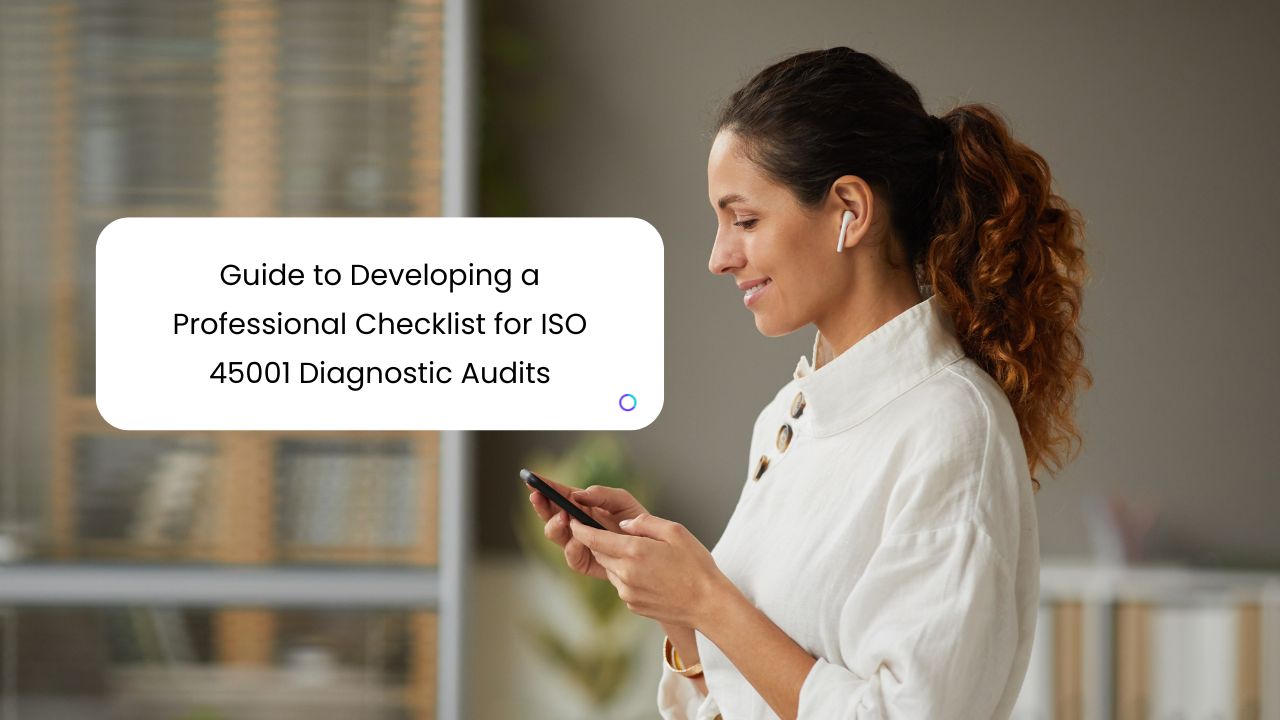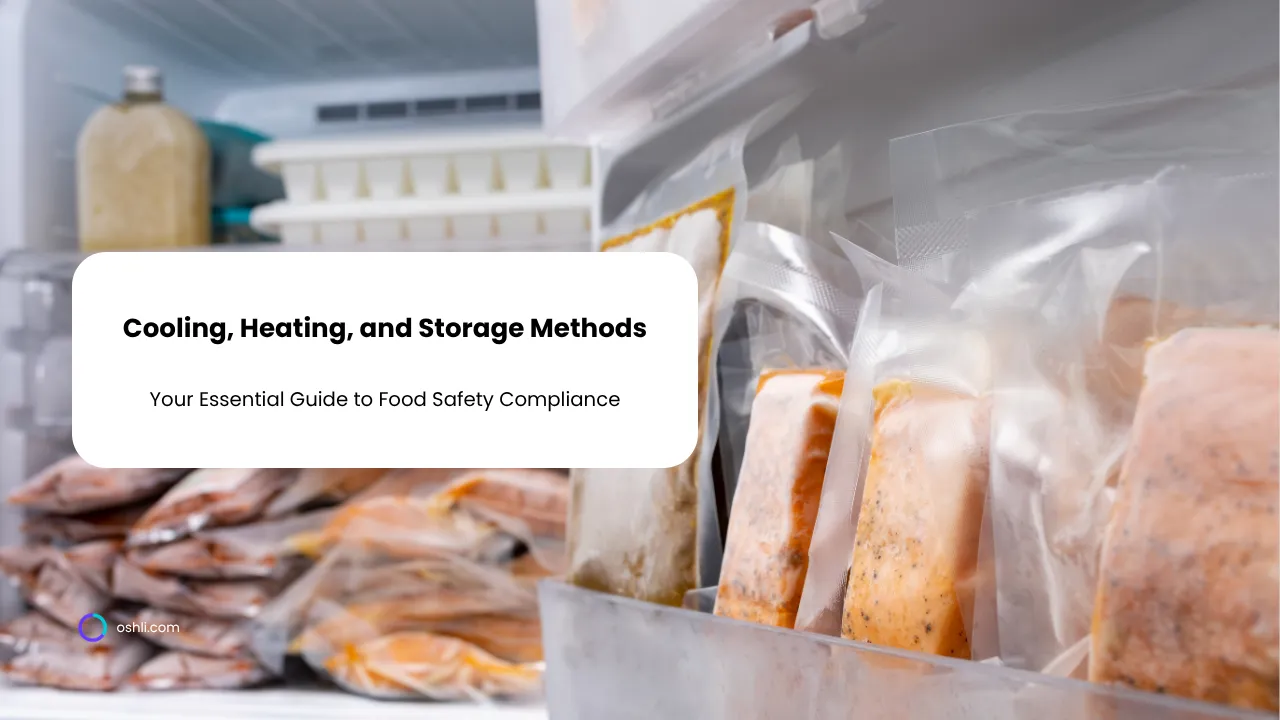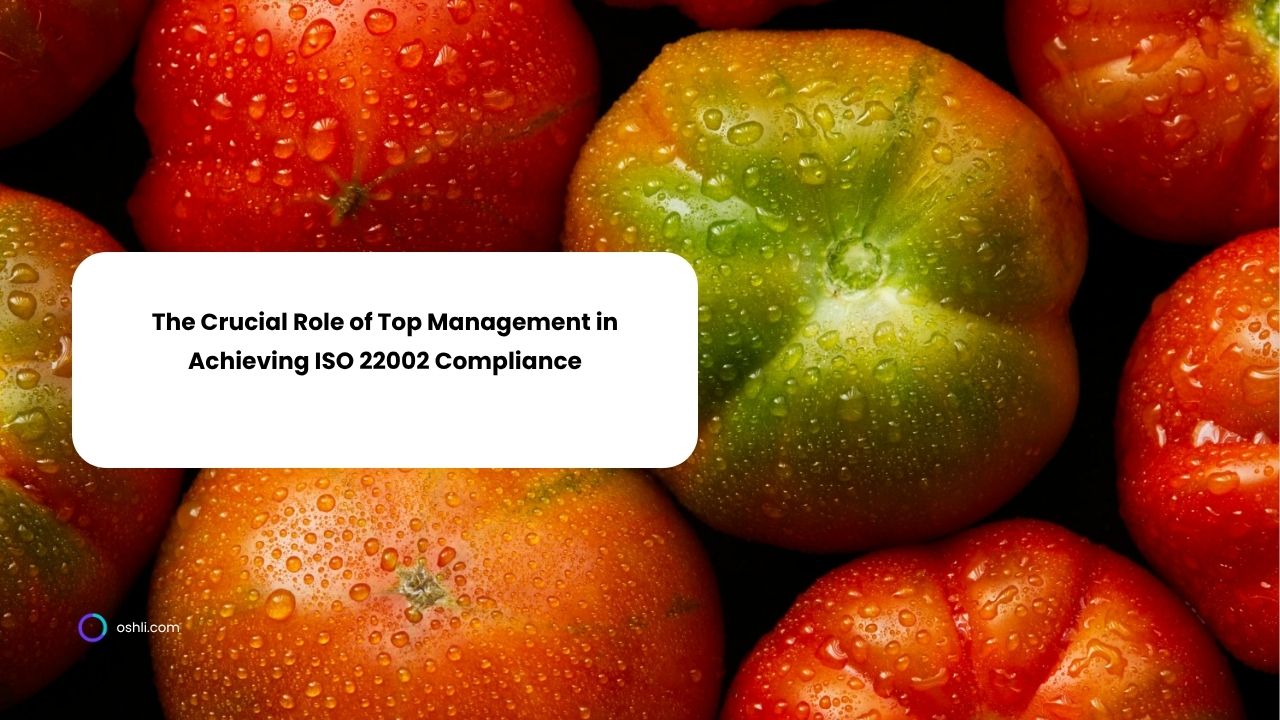
Guide to Developing a Professional Checklist for ISO 45001 Diagnostic Audits
Summary
The ISO 45001 standard establishes a framework for Occupational Health and Safety Management Systems (OHSMS), aiming to enhance employee safety, reduce workplace risks, and create safer working conditions.
A diagnostic audit aligned with ISO 45001 is a proactive approach that allows organizations to assess current compliance, identify weaknesses, and prioritize improvements. Central to this process is a professionally structured checklist that ensures consistency, accuracy, and depth in audit execution.
This guide presents a detailed methodology for creating, deploying, and maintaining a high-quality checklist tailored to ISO 45001 diagnostic audits. It is designed for safety managers, compliance officers, internal auditors, and consultants engaged in health and safety management.
1. Introduction to ISO 45001 Diagnostic Audits
1.1 What is ISO 45001?
ISO 45001 is an international standard that outlines requirements for an occupational health and safety (OH&S) management system. It helps organizations provide a safe and healthy workplace by preventing work-related injury and ill health.
1.2 Purpose of Diagnostic Audits
Diagnostic audits are internal, pre-certification assessments aimed at benchmarking an organization’s current status against the ISO 45001 standard. Unlike formal certification audits, diagnostic audits are non-binding but highly informative.
1.3 The Role of a Checklist
A checklist translates the abstract clauses of ISO 45001 into actionable audit questions. It provides structure, ensures completeness, and serves as a record of observations and evidence during the audit process.
2. Benefits of Using a Structured Checklist
2.1 Comprehensive Coverage
A checklist ensures all ISO 45001 clauses are assessed, preventing omissions due to auditor oversight.
2.2 Audit Efficiency and Consistency
Standardized questions enhance the consistency of audits across different sites or auditors.
2.3 Evidence-Based Assessment
Checklists prompt auditors to collect documentary, observational, and interview-based evidence for each requirement.
2.4 Gap Analysis and Corrective Planning
Identified gaps can be clearly documented and linked to specific clauses, streamlining corrective action planning.
2.5 Training and Competency Development
New auditors can use the checklist as a learning tool to understand the standard and audit techniques.
3. Key Components of an ISO 45001 Audit Checklist
3.1 Section Structure Aligned to ISO 45001
The checklist should mirror the clause structure of ISO 45001:
- Clause 4: Context of the Organization
- Clause 5: Leadership and Worker Participation
- Clause 6: Planning
- Clause 7: Support
- Clause 8: Operation
- Clause 9: Performance Evaluation
- Clause 10: Improvement
3.2 Types of Checklist Items
- Compliance Questions: Does the organization have a documented OH&S policy?
- Open-Ended Prompts: How does top management demonstrate leadership in OH&S?
- Evidence Requests: Provide the last internal audit report and management review minutes.
- Observational Tasks: Observe safety signage and PPE usage in the workshop.
3.3 Rating Scale
Include a consistent rating system for each item:
- Conformant (✔)
- Partially Conformant (△)
- Non-Conformant (✖)
- Not Applicable (N/A)
4. Steps to Create a Professional Audit Checklist
Step 1: Define the Audit Scope and Objectives
- Define boundaries: full organization vs. specific departments.
- Determine focus areas: documentation review, operational controls, compliance with legal requirements, etc.
Step 2: Translate ISO 45001 Clauses into Audit Questions
Break down each requirement into clear, audit-ready language. Use SMART criteria (Specific, Measurable, Achievable, Relevant, Time-bound) for formulating questions.
Step 3: Determine Evidence Types
Classify the kind of evidence expected for each clause:
- Documents (e.g., policies, procedures, training records)
- Records (e.g., incident reports, audit logs)
- Interviews (e.g., employee awareness, management commitment)
- Observations (e.g., workplace conditions, hazard controls)
Step 4: Develop Templates and Tools
Include sections for:
- Auditor name and signature
- Date and time of audit
- Interviewees and departments audited
- Checklist items with notes and findings
- Risk levels and priorities
Step 5: Validate the Checklist
- Pilot the checklist with a sample audit
- Collect feedback from users
- Refine based on effectiveness, usability, and coverage
5. Implementation and Integration
5.1 Training Auditors
Provide training on ISO 45001, audit techniques, and use of the checklist. Emphasize objectivity, confidentiality, and evidence-based assessment.
5.2 Scheduling and Frequency
- Use the checklist during regular internal audits (e.g., quarterly or bi-annually)
- Conduct special audits after incidents or major organizational changes
5.3 Integration with OHSMS
- Link audit findings to the corrective action process
- Use results during management reviews
- Align findings with risk assessments and training plans
6. Sample Checklist Snippet (Clause 5: Leadership and Worker Participation)
| No. | Requirement | Audit Question | Evidence Type | Rating | Notes |
7. Continuous Improvement and Maintenance
7.1 Periodic Review of the Checklist
- Review checklist annually or with changes to ISO 45001 or local laws
- Incorporate lessons learned from audits and incident investigations
7.2 Digital Tools
- Consider using audit software or digital forms to standardize data collection
- Enable dashboard reporting for management visibility
7.3 Document Control
Ensure version control and authorized access to avoid use of outdated checklists.
8. Conclusion
A well-structured, professional checklist for ISO 45001 diagnostic audits is an indispensable tool for ensuring that occupational health and safety management systems are effectively implemented, maintained, and continuously improved. Beyond compliance, it empowers organizations to proactively manage risk, engage stakeholders, and embed safety into their culture. Investing in a high-quality checklist is an investment in operational excellence and employee well-being.
Join our newsletter!
Enter your email to receive our latest news.
Don't worry, we don't spam
Related Articles

Cooling, Heating, and Storage Methods: Your Essential Guide
Discover how to create a cooling, heating, and storage methods template to ensure food safety, meet compliance, and optimize temperature control with free templates.

The Crucial Role of Top Management in Achieving ISO 22002 Compliance
Explore how top management's leadership drives ISO 22002 compliance, ensuring robust food safety management through commitment, policy, and oversight.

The Impact of Artificial Intelligence on Food Certification: Innovations, Challenges, and Reflections for the Future
Food certification has long been a cornerstone for ensuring the quality, safety, and consumer trust in the products we eat. In recent years, artificial intelligence (AI) has been transforming various sectors—and food certification is no exception. This article, written in approximately 3000 words, dives deep into how AI is reshaping the world of food certification. It explores the benefits, the uncertainties, and raises questions that invite us to rethink the traditional models of food safety.


